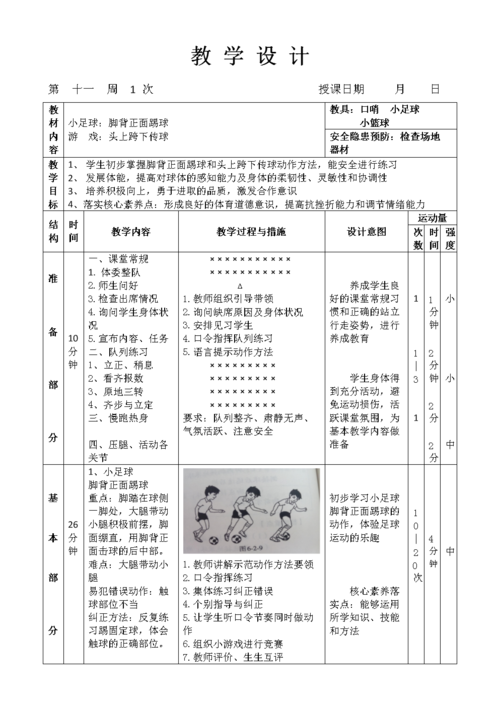Physical education is crucial for the holistic development of students, promoting physical fitness, teamwork, and overall wellbeing. Indoor physical education lessons provide a unique opportunity to engage students in various activities despite weather conditions or space limitations. Designing effective indoor PE lessons requires careful planning, consideration of students' needs, and incorporation of diverse activities to ensure engagement and learning. Below are key steps and strategies to create impactful indoor PE lessons:
Prior to planning lessons, it's essential to assess students' physical abilities, interests, and any specific needs or limitations they may have. This information will guide lesson planning and help tailor activities to suit the diverse needs of students.
Define specific learning objectives for each lesson, focusing on aspects such as improving cardiovascular endurance, developing motor skills, enhancing teamwork, or promoting sportsmanship. Clear objectives provide direction and help measure students' progress.
Indoor PE lessons should offer a variety of activities to cater to different interests and abilities. Include activities such as:

Maximize the use of indoor space by arranging equipment strategically and adapting activities to fit the available area. Utilize gymnasiums, multipurpose rooms, or even classrooms for various activities. Ensure that equipment is safe and appropriate for the age group.
Integrate technology and online resources to enhance learning experiences. Use fitness apps, instructional videos, or interactive games to supplement traditional PE activities and provide additional engagement.
Prioritize safety by establishing clear rules and guidelines for activities. Provide demonstrations and instructions on proper techniques and form to prevent injuries and ensure effective skill development.
Foster a supportive and inclusive environment where all students feel encouraged to participate regardless of their skill level or athletic background. Offer modifications and adaptations to accommodate individual needs and promote active involvement.
Offer constructive feedback to students on their performance and progress, emphasizing areas of improvement and celebrating achievements. Encourage selfreflection by prompting students to assess their own skills, set goals, and track their development over time.
Integrate concepts from other subjects, such as math (measuring distances or calculating scores), science (understanding the body's physiological responses to exercise), or even language arts (writing reflections or reports on sports events).
Remain flexible and open to adjusting lesson plans based on students' feedback, interests, and emerging opportunities. Adapt activities to accommodate unexpected changes in schedule or unforeseen circumstances.
By following these steps and strategies, educators can design indoor physical education lessons that are engaging, effective, and conducive to students' overall development.